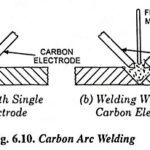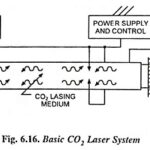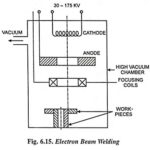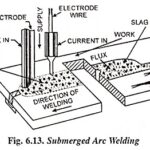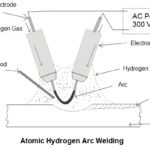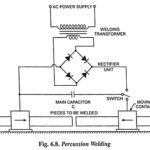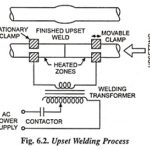Carbon Arc Welding – Working Principle, Advantages and Applications
Carbon Arc Welding - Working Principle, Advantages and Applications: Carbon arc welding differs from metal arc welding in that it is a puddling process and is somewhat similar to the…
